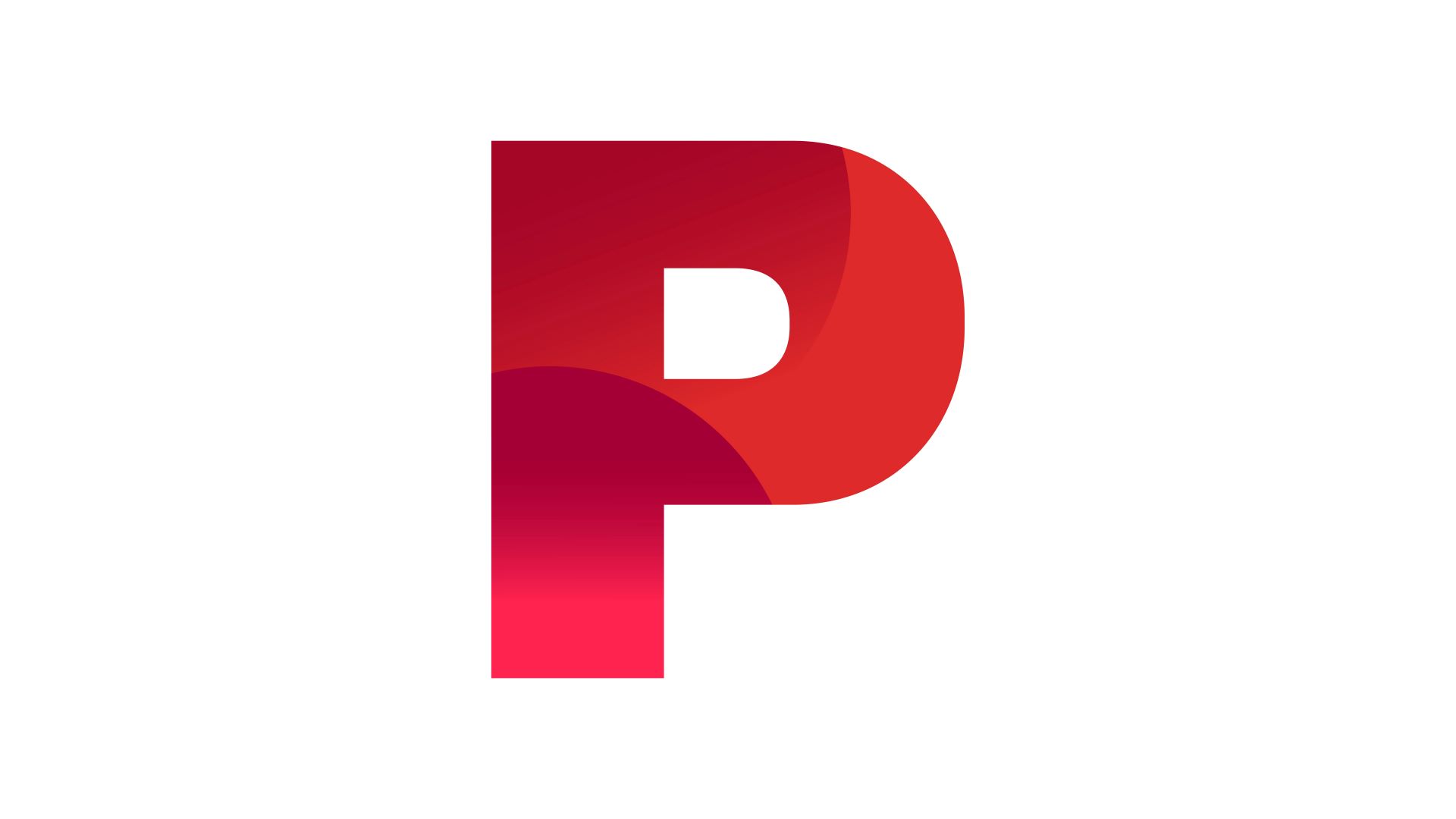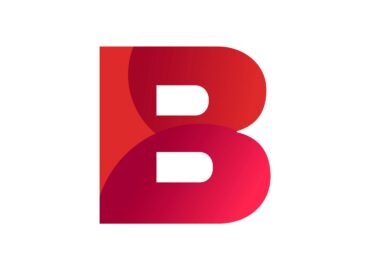P – Glossary
Performance appraisals are systematic periodic procedures of an organization conducted quarterly, semi-annually or annually to measure employee job performance. The appraisals aid managers in understanding the employee’s strengths and weaknesses. It is an organization’s way of understanding employees’ contributions and can help in training the employees based on them for organizational development.
The use of data and analytics to improve the way organizations make decisions about their workforce.
Performance management is a process to ensure that employees are aligned with the internal and external objectives of the organization. Managing performance in an organization is crucial to ensure the employees are productive and the organizational goals are met efficiently. Performance management helps in improving employee performance, engagement and increasing organizational productivity.
A strategic and data driven approach to managing and optimizing HR processes and practices to support business goals and outcomes.
Performance planning is the process of setting goals that align with the overall objectives of the organization and establishing a plan to achieve these goals. Performance planning is a joint effort between an employee and his manager. The primary purpose of performance planning is to ensure that the employees have a clear understanding of their job responsibilities, performance expectations and accountability. Effective performance planning is done by building a chain of communication and feedback between the employee and his manager, to monitor and adjust the performance as needed. Establishing a culture of planning tasks in advance in organizations can foster a culture of continuous improvement and growth.
A formal evaluation of an employee’s job performance, often used for salary and promotion decisions.
A coaching approach to performance management that focuses on improving employee skills and behaviors to achieve better performance outcomes.
Visual displays of key performance indicators (KPIs) and metrics used to track and monitor performance and progress.
A structured process used to address and improve an employee’s job performance.
The process of setting goals, providing feedback, and evaluating employee performance to improve productivity and effectiveness.
Quantitative measures used to assess an individual or organization’s performance, such as sales figures, customer satisfaction ratings, or employee productivity.
A formal evaluation of an employee’s job performance, typically conducted by their manager or supervisor.
A tool used to measure the progress of an organization in achieving its strategic goals.
The provision of resources and tools that help employees perform their jobs more effectively.
A structured plan for an employee’s self-improvement and career development.
A tool used to assess an individual’s personality traits and preferences, often used as part of the hiring or development process.
Learning experiences that are tailored to the specific needs and preferences of individual learners.
A method of using data, statistical algorithms, and machine learning techniques to identify the likelihood of future outcomes based on historical data.
A type of analytics that uses algorithms to recommend actions that will optimize a particular outcome.
The study of personality, values, attitudes, interests, and lifestyles.
A type of assessment that measures an individual’s cognitive abilities, personality traits, or other psychological characteristics.
The use of standardized tests and assessments to measure an employee’s personality, cognitive abilities, and other traits.



